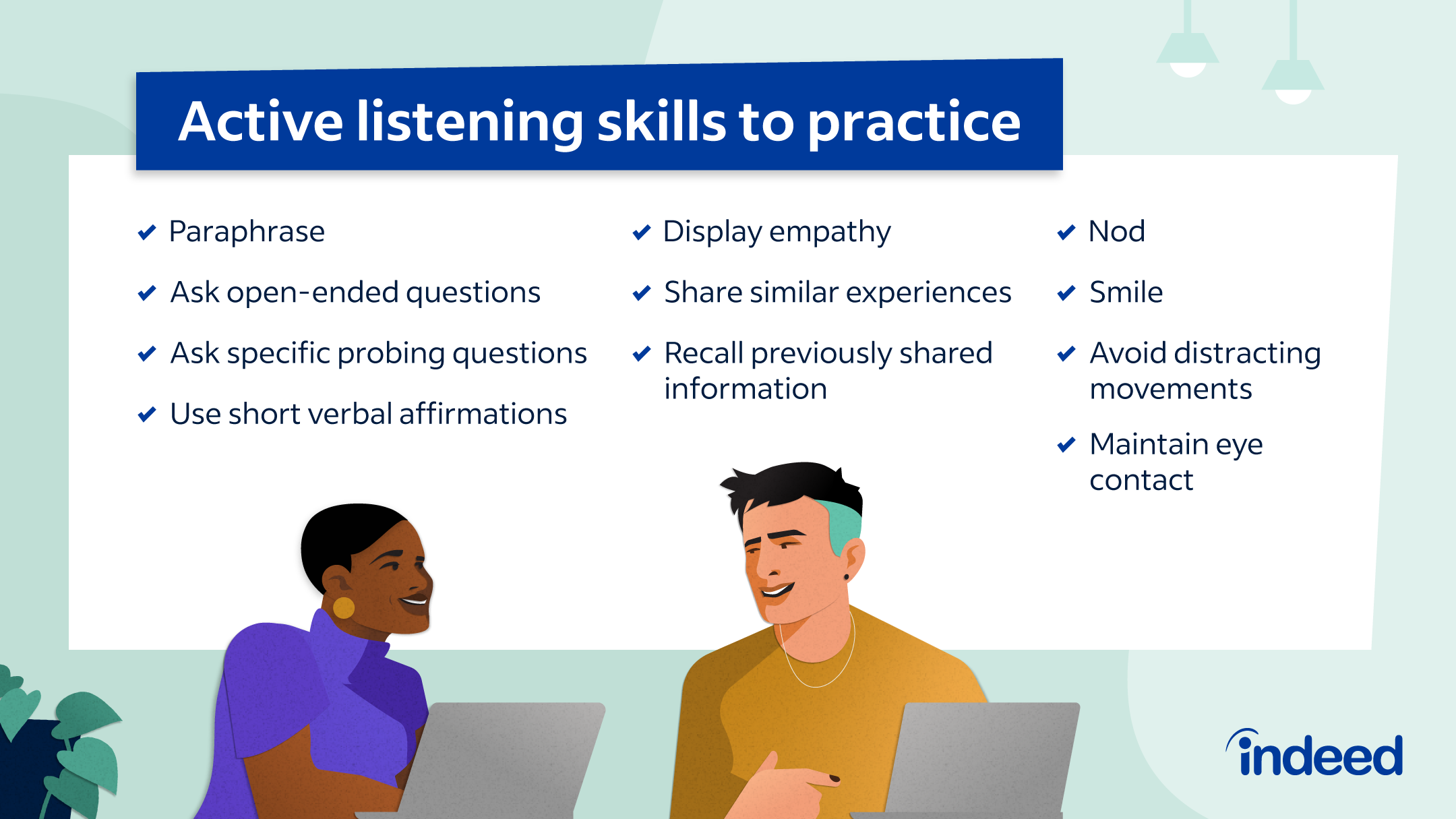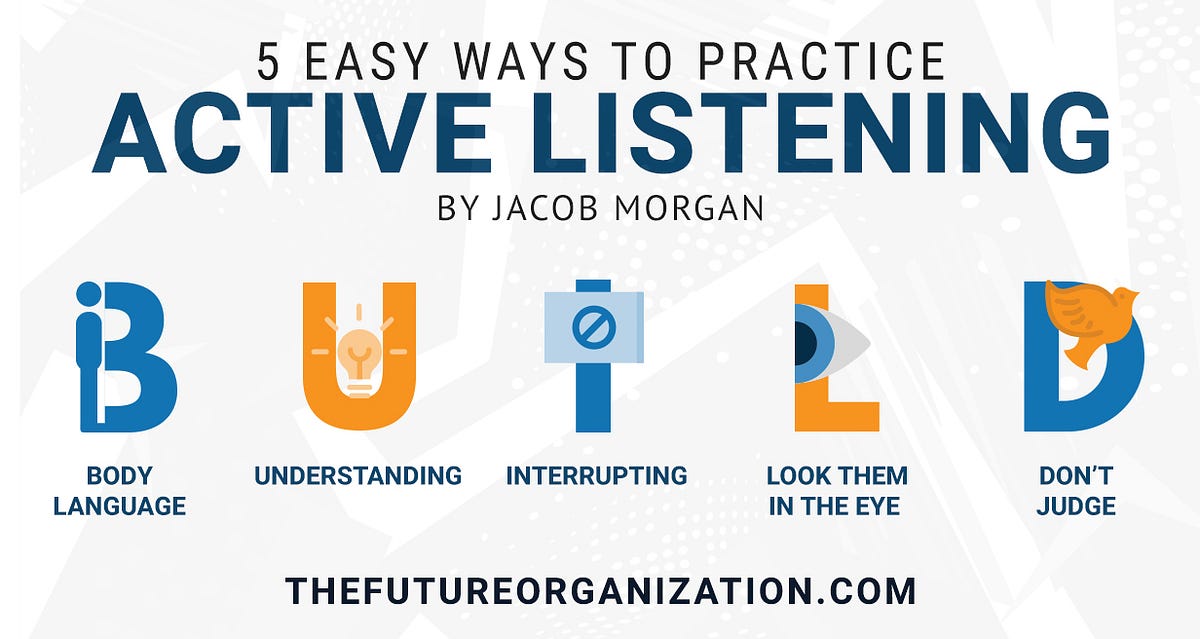How To Listen Actively And Effectively
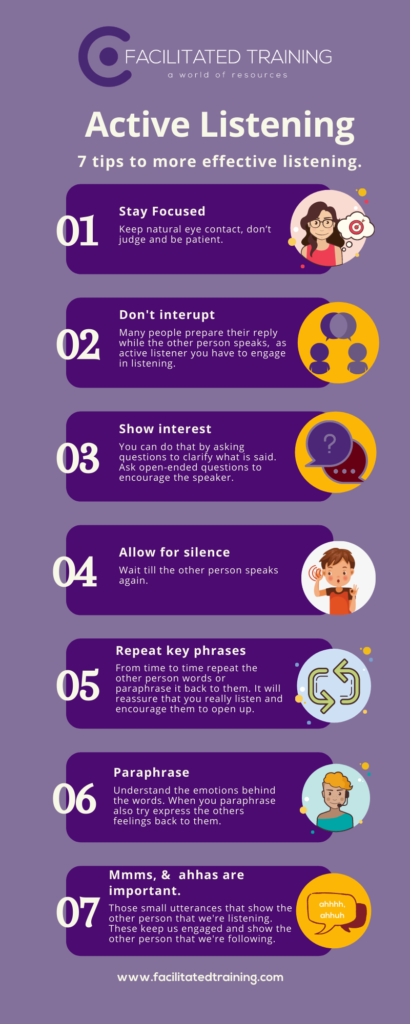
In an era defined by constant digital chatter and relentless information overload, the art of truly listening has become a rare and invaluable skill. Misunderstandings, conflicts, and missed opportunities frequently stem from a failure to actively engage with what others are saying. Cultivating effective listening habits can profoundly impact our personal relationships, professional success, and overall well-being.
At its core, active listening involves more than simply hearing words; it's a conscious effort to understand the speaker's complete message, including their emotions, intentions, and underlying needs. This article will delve into the key techniques and strategies for developing and honing active listening skills, drawing on expert insights and practical advice to help readers become more effective communicators.
The Core Principles of Active Listening
Active listening is built upon several fundamental principles. According to a study by the Harvard Business Review, effective listening involves paying close attention to the speaker, both verbally and nonverbally. It requires a commitment to understanding their perspective without interruption or judgment.
Paying Attention: Begin by minimizing distractions and focusing your full attention on the speaker. This means putting away your phone, turning off the television, and making eye contact. A study published in the Journal of Communication emphasizes the importance of nonverbal cues in conveying attentiveness, such as nodding and maintaining an open posture.
Avoiding Interruption: Resist the urge to interrupt the speaker, even if you have a brilliant idea or a counterargument. Let them finish their thought before you jump in. Interrupting can signal disrespect and prevent you from fully understanding their message.
Showing Empathy: Try to understand the speaker's feelings and perspective, even if you don't agree with them. Put yourself in their shoes and imagine how they might be feeling.
"Empathy is about standing in someone else's shoes, feeling with his or her heart, seeing with his or her eyes,"writes Daniel Goleman, author of Emotional Intelligence.
Techniques for Enhancing Active Listening Skills
Mastering active listening requires the implementation of specific techniques. These strategies can help you better understand and respond to speakers. This makes the conversation more meaningful.
Using Verbal and Nonverbal Cues
Nonverbal cues, such as nodding, smiling, and maintaining eye contact, can signal your engagement and encouragement. Verbal cues, like "I understand" or "Tell me more," can prompt the speaker to elaborate. According to Dr. Susan Cain, author of Quiet: The Power of Introverts in a World That Can't Stop Talking, subtle cues can make a significant difference in fostering open communication.
Asking Clarifying Questions
Don't be afraid to ask questions to clarify anything you don't understand. This shows that you're engaged and want to ensure you're interpreting the speaker's message accurately. Examples include "Can you explain that further?" or "What do you mean by...?"
Paraphrasing and Summarizing
Paraphrasing involves restating the speaker's message in your own words to confirm your understanding. Summarizing entails condensing the main points of the conversation to ensure you're both on the same page. These techniques are crucial for preventing misunderstandings.
Providing Feedback
Offer constructive feedback to let the speaker know you're engaged and processing their message. This can include sharing your thoughts, asking further questions, or expressing your appreciation for their perspective. However, ensure your feedback is respectful and focused on understanding, rather than criticizing.
Overcoming Barriers to Effective Listening
Several barriers can hinder active listening. Recognizing and addressing these obstacles is essential for improving your listening skills. These obstacles can be internal or external.
Internal Distractions: Internal distractions, such as your own thoughts, biases, and emotions, can interfere with your ability to focus on the speaker. Try to quiet your inner voice and be present in the moment. Mindfulness techniques can be helpful in reducing internal distractions.
External Distractions: External distractions, such as noise, interruptions, and environmental factors, can also make it difficult to concentrate. Minimize these distractions as much as possible by finding a quiet space and eliminating potential interruptions.
Preconceived Notions: Preconceived notions and biases can cloud your judgment and prevent you from truly hearing what the speaker is saying. Be aware of your biases and strive to approach each conversation with an open mind.
The Benefits of Enhanced Listening Skills
Developing active listening skills yields numerous benefits in both personal and professional contexts. Effective listening can improve relationships, foster trust, and enhance communication. It can also lead to increased productivity, better decision-making, and stronger leadership skills.
A study by the Center for Creative Leadership found that strong listening skills are a key predictor of leadership success. Leaders who listen effectively are better able to understand the needs of their team members, build consensus, and inspire collaboration.
In personal relationships, active listening can strengthen bonds, reduce conflict, and foster deeper understanding. It allows you to connect with others on a more meaningful level and build stronger, more fulfilling relationships.
Looking Ahead: The Future of Communication
In an increasingly interconnected world, the ability to listen actively and effectively is more critical than ever. As technology continues to evolve and communication channels become more complex, the need for strong listening skills will only continue to grow. By honing these skills, we can build stronger relationships, foster greater understanding, and create a more connected and compassionate world. Investing in active listening is an investment in a better future.
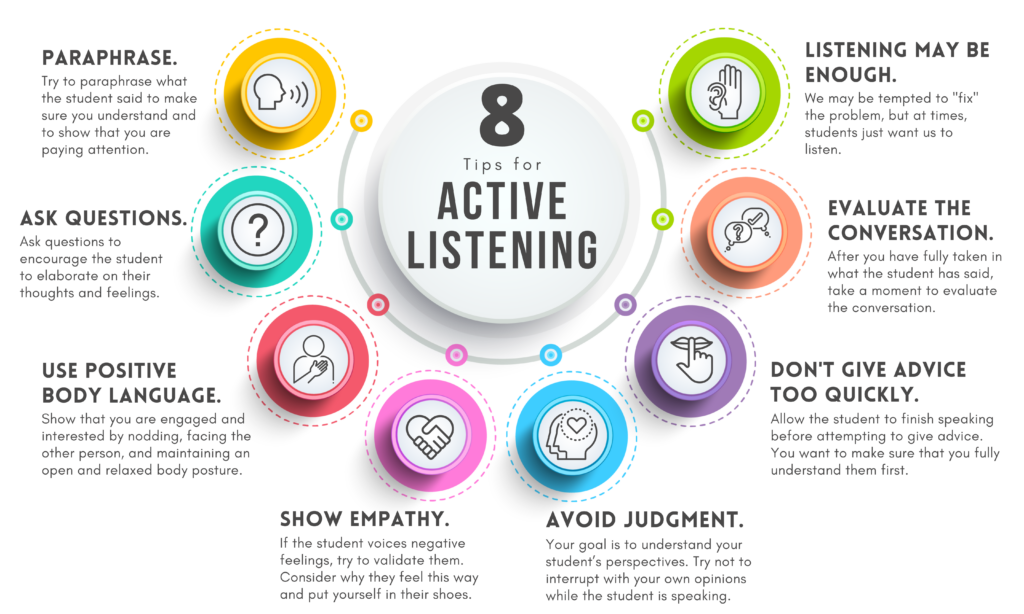
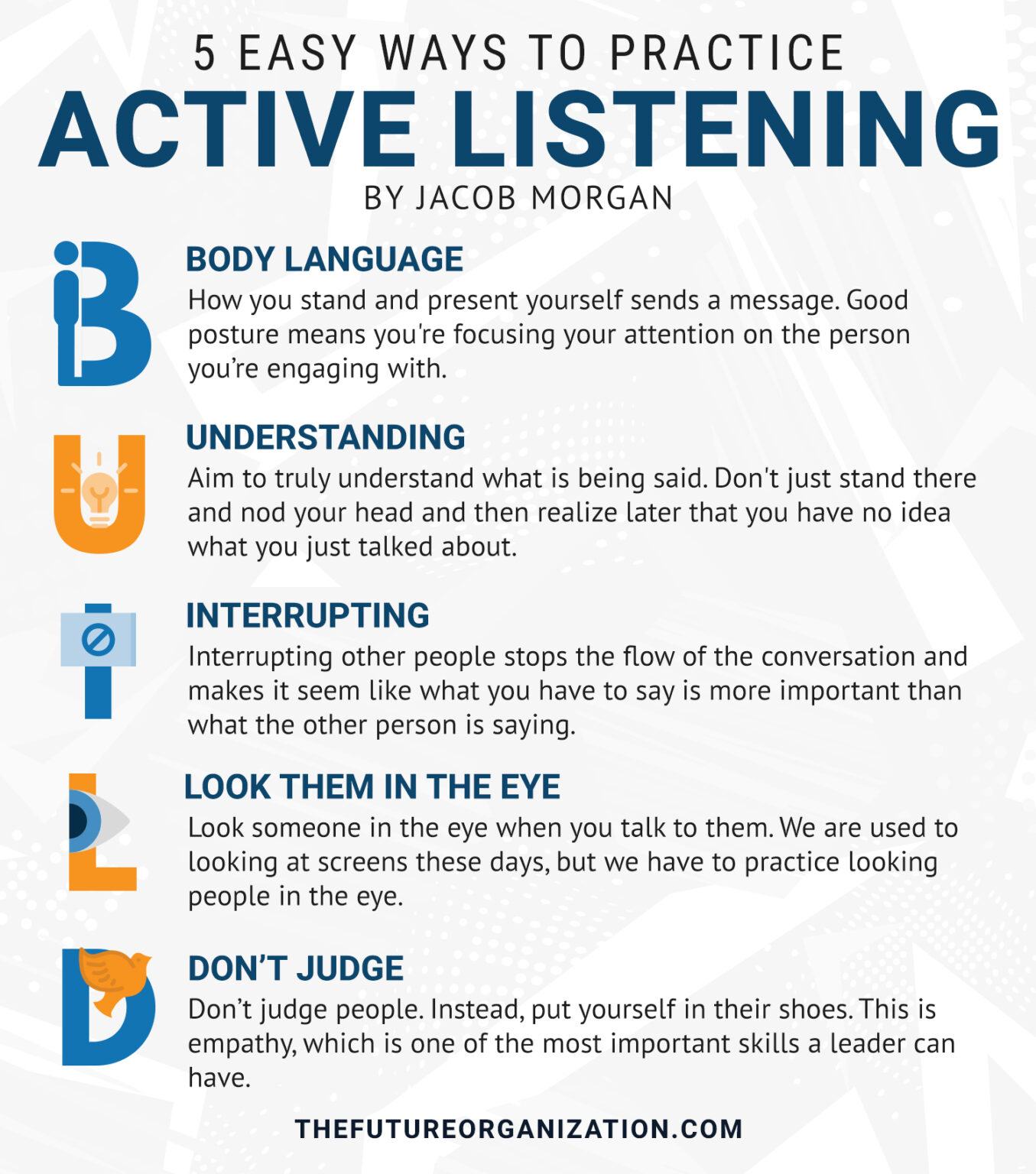
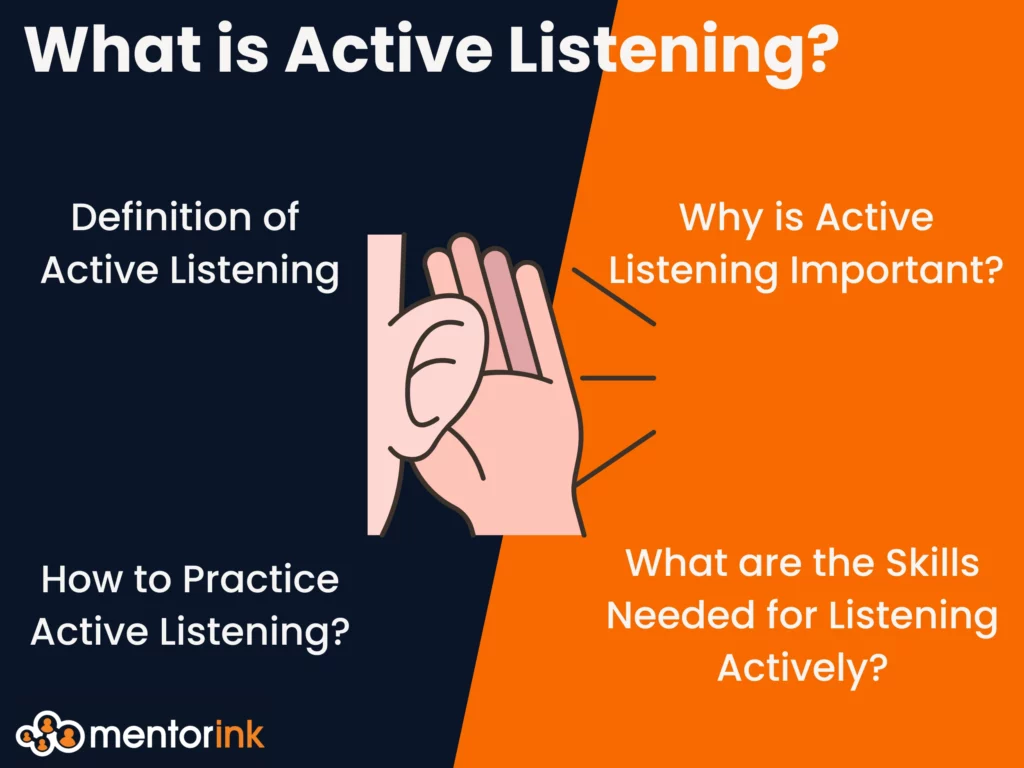



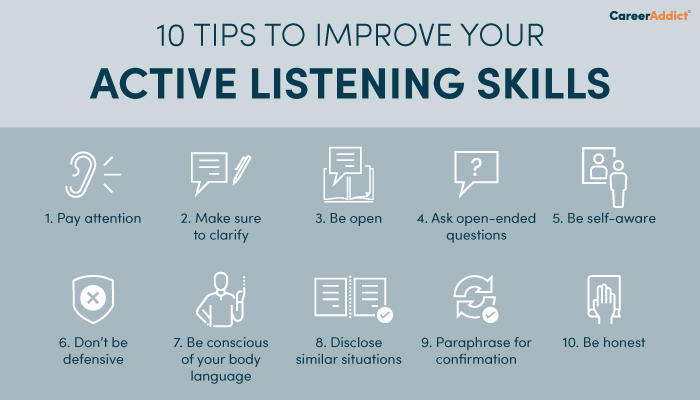
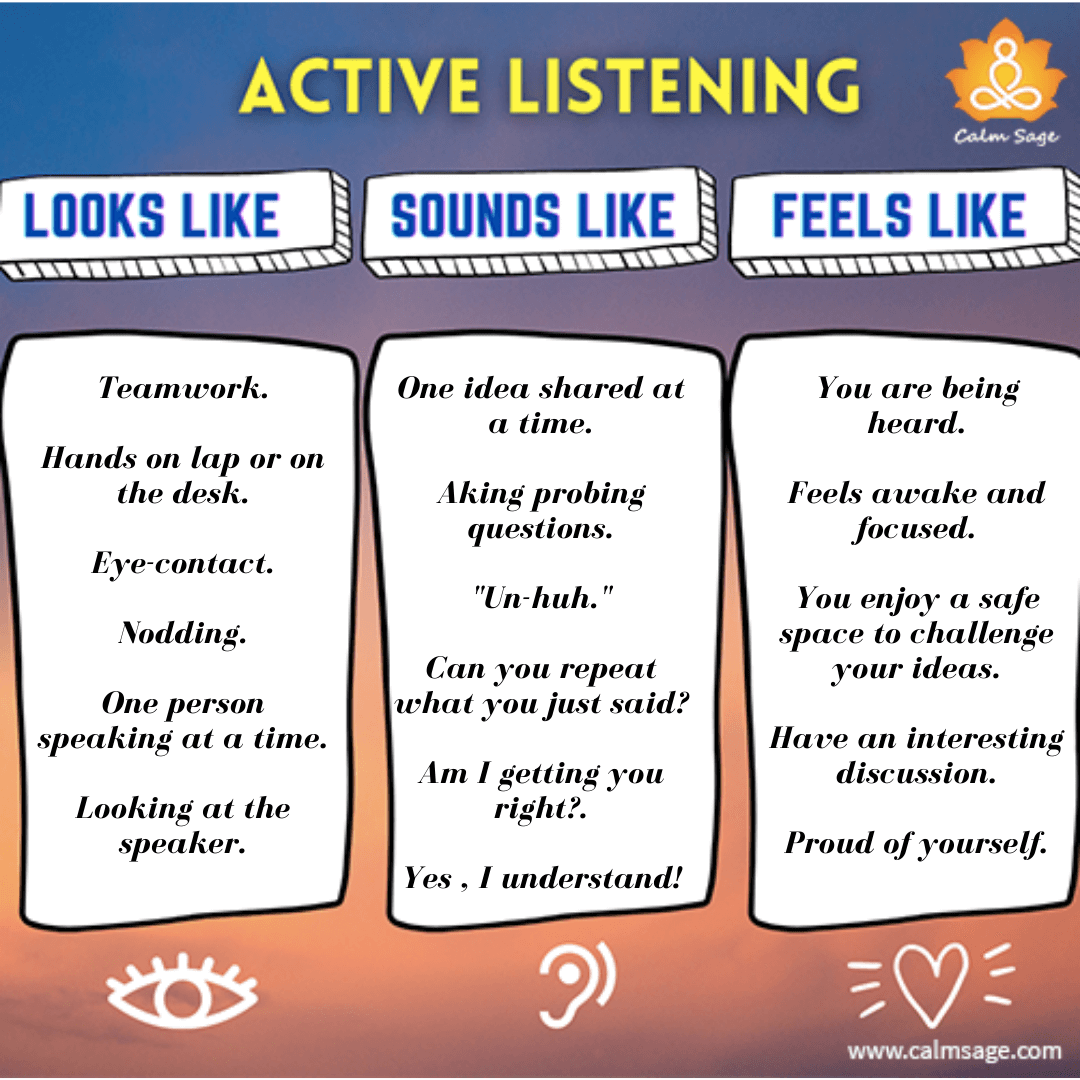


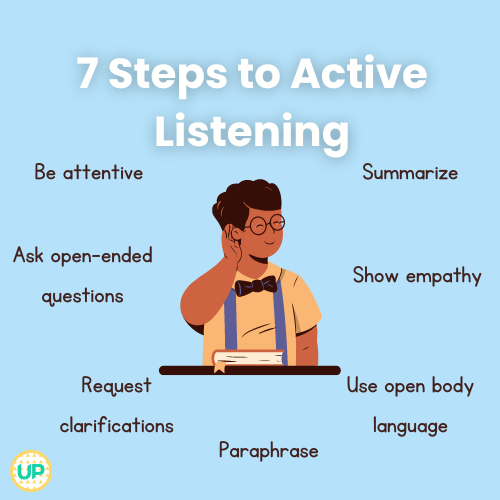.png)

:max_bytes(150000):strip_icc()/active-listening-skills-with-examples-2059684-ct-edit-b374ca3a973b466283314e6ee3ae7b1a.jpg)


